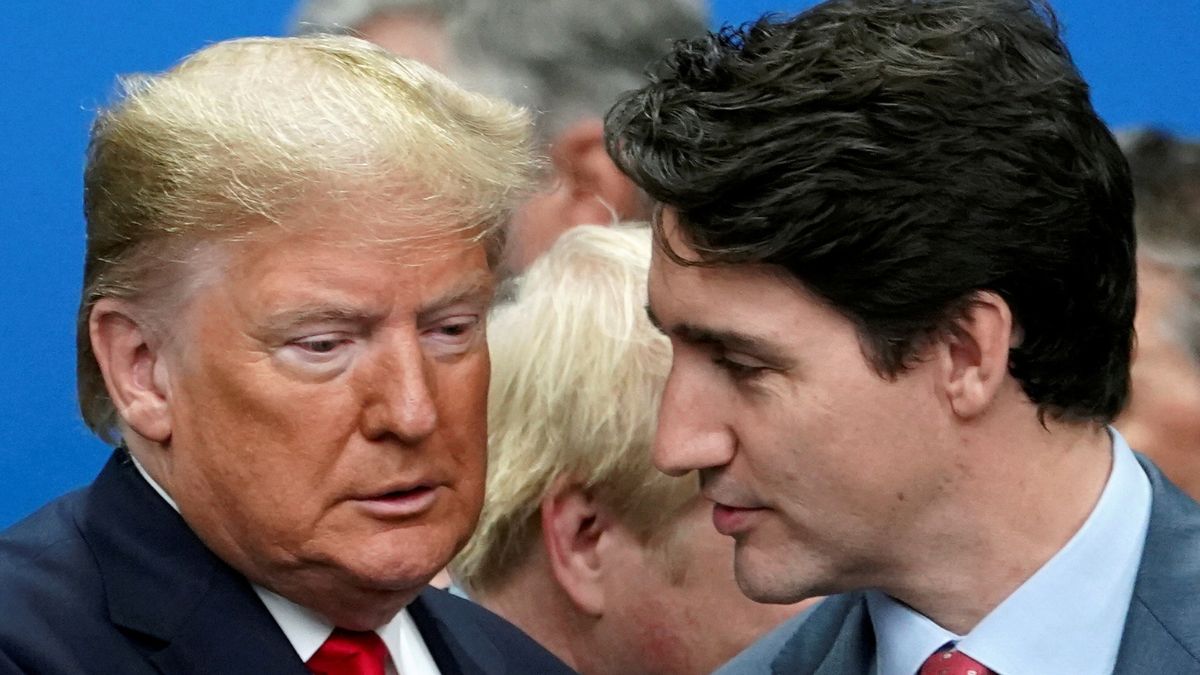President-elect Donald Trump has vowed to impose a 25 per cent tariff on goods from Canada and Mexico on his first day back in the White House, tying the move to efforts to halt illegal migration and fentanyl trafficking.
The proposed tariffs, announced on Monday (November 25), could severely strain trade relationships and spark economic challenges for both Canada and the US
Here are 7 key things to know about US-Canada trade ties as this controversial proposal looms:
Deeply-integrated relationship
Canada and the US share one of the most comprehensive trading partnership globally, with goods and services worth $3.6 billion (US$2.7 billion) crossing their border daily in 2023.This relationship supports millions of jobs and relies on deeply integrated supply chains spanning key industries like energy, automotive, and manufacturing.
**The CUSMA Framework
**Trade between the US, Canada, and Mexico is governed by the Canada-United States-Mexico Agreement (CUSMA), in place since July 2020.The agreement underpins resilient supply chains and a balanced trading relationship. Imposing tariffs could breach this framework and lead to legal and diplomatic disputes.
**Heavy reliance on US markets
**Canada sends more than 77 per cent of its exports to the US, making it heavily dependent on its southern neighbour for economic stability, according to The Globe and Mail.Any disruptions, such as tariffs, could have severe consequences for Canada’s economy, potentially leading to a recession.
**Potential economic impact
**Economists warn that a 25 per cent tariff would hit the Canadian economy hard. Trevor Tombe, an economist at the University of Calgary, estimates a 2.6 per cent annual reduction in Canada’s GDP, equivalent to $2,000 per person.The oil, gas, mining, and auto sectors are expected to bear the brunt, with the latter potentially facing a 20 per cent drop in exports to the US.
**Energy trade at risk
**Canada is the largest foreign supplier of energy to the US, exporting over 1.6 billion barrels of petroleum last year.
Tariffs could disrupt this vital energy supply chain, driving up gasoline prices for US consumers and threatening Canada’s energy sector.
- **Long-standing investment ties
**Beyond trade, Canada and the US share a significant investment relationship. Canada is the largest source of foreign direct investment in the US, while the US is Canada’s top investor.
This reciprocal relationship underscores the deep economic interdependence between the two nations.
- Who Pays for Tariffs?
Despite Trump’s claims that Canada and Mexico will shoulder the costs, tariffs are ultimately paid by importers in the US. The additional costs are typically passed on to consumers.
A study by the Peterson Institute for International Economics estimated that across-the-board tariffs would cost the average US family $2,600 annually, with increases in gasoline and vehicle prices.
Trump’s tariff announcement combines two of his cornerstone policies: protectionism and hardline immigration measures.
However, experts argue that these tariffs would not only strain diplomatic ties but also inflict financial harm on US consumers and businesses reliant on cross-border trade.


)

)
)
)
)
)
)
)
)



